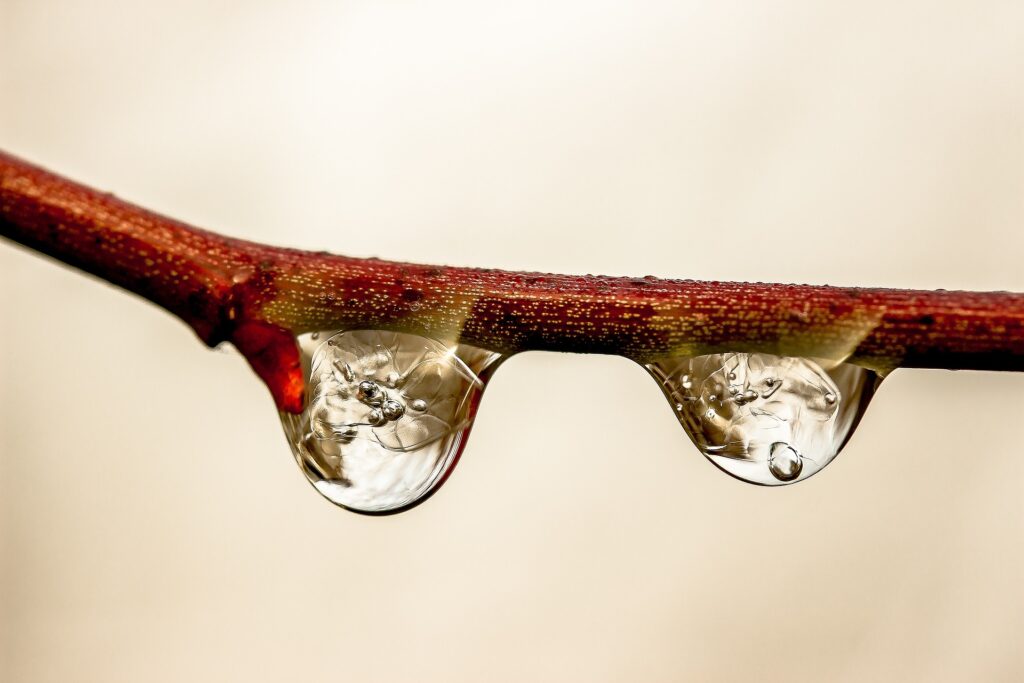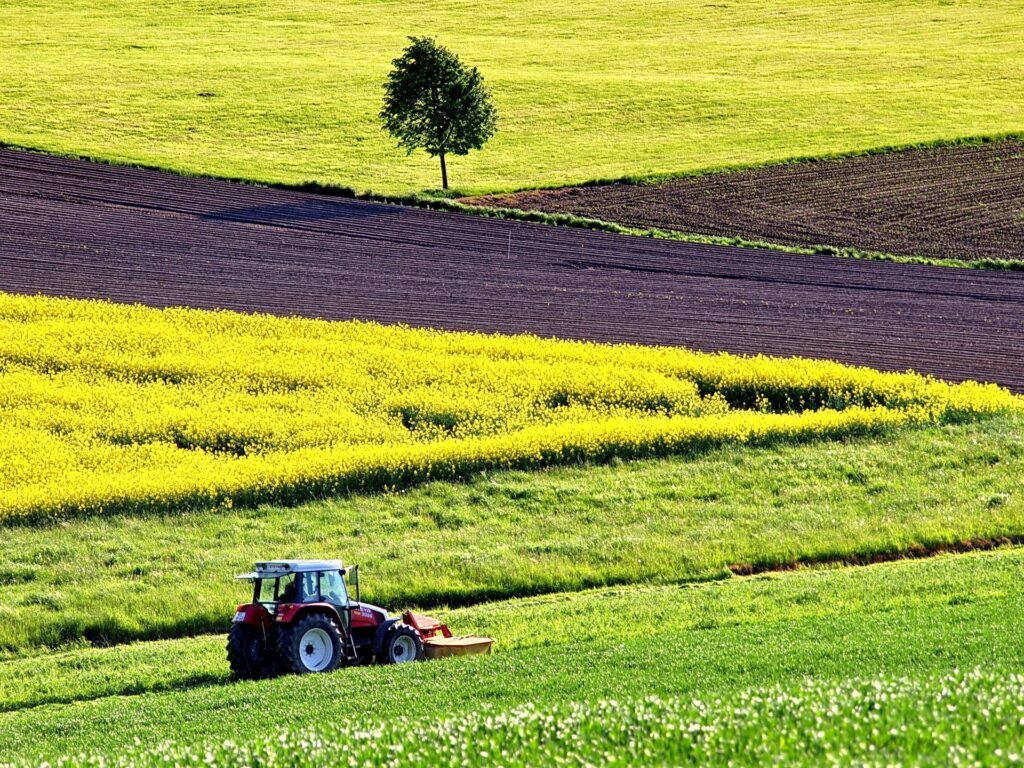Nearly 20 years after the turn of the 20th century, climate change and human activities have put pressure on freshwater resources, increasing water scarcity. With increasing demand and dwindling supplies, the technical, psychological and market barriers to reusing our effluent are gradually being overcome. Industry leaders are now calling for a supportive infrastructure for water reuse and predict that we are on the verge of a golden decade of effluent reuse.

Indirect Drinking Water Reuse
Indirect water reuse is the discharge of highly treated, non-potable water into the environment as an intermediate stage before reuse, allowing dilution and natural processes to work. Such water could be discharged into a surface water body such as a lake or river, or into an aquifer as part of a managed recharge program. The water can then be treated again at absorption to achieve water quality.
Direct Drinking Water Reuse
Direct potable water reuse refers to the practice of highly treating water for use as drinking water without first releasing it into an environmental system. In this model, effluent or stormwater is piped to an effluent treatment plant, advanced effluent treatment facility, or both. After treatment, it is either channeled directly to a potable water network or sent to another facility for additional treatment. Ultimately, however, it becomes drinking water for people without any dependence on the natural environment for purification.
Industrial Reuse
Industrial reuse is another area of water recycling that deserves special mention. Water is indispensable to many industries around the world for industrial processes, cooling, cleaning and a seemingly endless list of uses. On-site water treatment and reuse can reduce freshwater withdrawals, increase available supply and provide quality control. By reducing water demand and limiting environmental discharge, industrial water reuse goes beyond improving the bottom line, fostering good community relations and public support.
Agricultural Reuse
Agricultural reuse is essentially the same process as reuse for landscape irrigation, but on a much larger scale. Globally, 70% of the world’s freshwater resources are used for agriculture. Due to the high demand for water from agriculture and the growing population, along with the droughts that have affected the state, some countries have invested heavily in large water reuse projects and have developed strict standards for agricultural reuse.
